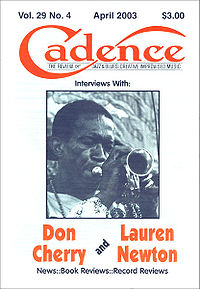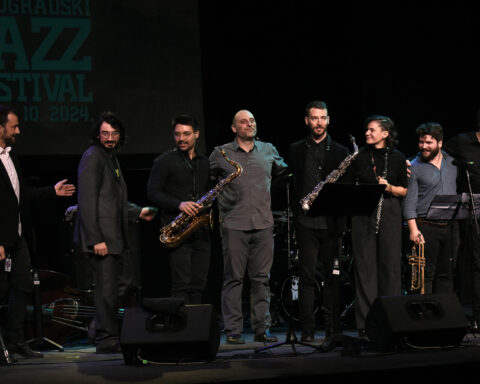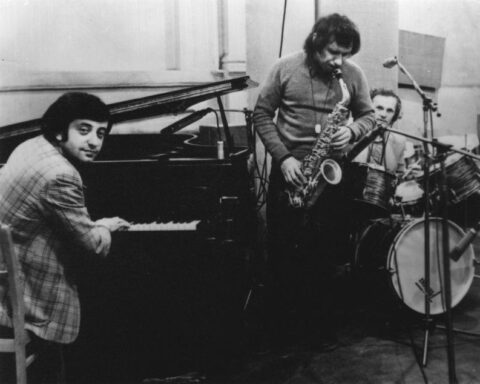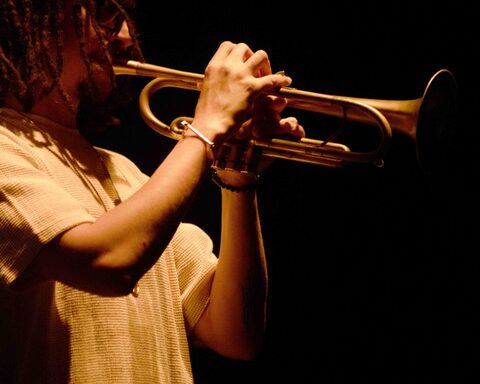 Cadence magazine, a periodical edited and published by Bob Rusch of North Country Distributors in Redwood Landing, New York, since 1976, announced cessation of publication in a statement accompanying the Winter 2010 issue. The handbook-sized magazine put out “just under 400 editions,” according to Rusch, starting as a monthly and going quarterly in 2007. He imagined a forthcoming final edition of more than 300 pages, laid out with characteristic small type and no white space, to accommodate all previously accepted work.
Cadence magazine, a periodical edited and published by Bob Rusch of North Country Distributors in Redwood Landing, New York, since 1976, announced cessation of publication in a statement accompanying the Winter 2010 issue. The handbook-sized magazine put out “just under 400 editions,” according to Rusch, starting as a monthly and going quarterly in 2007. He imagined a forthcoming final edition of more than 300 pages, laid out with characteristic small type and no white space, to accommodate all previously accepted work.
“We may have some Internet presence,” Rusch stipulated in a phone interview, “but we’re not going to print an online mag. It’s just become too labor intensive. There’s been some talk about a university taking over publication. We haven’t made any effort to try to sell it. We’re approachable. But we have such a fierce reputation for being grumpy I doubt anyone will approach.”
Cadence‘s circulation, at its peak including both subscription and newsstand sales, “was close to 10,000, about what Coda claimed,” said Rusch, referring to the Toronto-based magazine which, like Cadence, was steadfastly resistant to commercial trends and mainstream jazz stars in its coverage. Also like Coda, Cadence was enmeshed with, if not supported in part, by business from a record label, retail record operation company and audio equipment store which Rusch runs as a separate entity. North Country’s other businesses continue.
Cadence’s editorial strengths included the unvarnished opinions of its record reviewers and its interest in long, unedited transcripts of interviews. Rusch cited those of Eddie “Lockjaw” Davis and Mel Lewis, which he conducted himself, as “definitive,” Dr. Billy Taylor’s as “considered extraordinary” and “Pepper Adams – which ran in five sections.” During the course of its existence, the magazine published close to 100 writers, who were offered payment in credit for records or gear, or cash. “You did better if you took credit,” Rusch commented. “No one got rich working for Cadence.”
Rusch had been an educator, with no publishing experience and only a few published jazz articles to his credit when he began the magazine. “I learned by doing,” he said, “and I didn’t learn too much – I’m closing down. But I’ve enjoyed it. It’s the hardest work I’ve ever done, with a lot of frustrations, things to make me grump and to justify my jaundiced view of the jazz industry. But I’d recommend it to everybody. Everybody out there should try publishing a jazz magazine.
“I published stuff that interested me, but most of my business sense goes against the grain. We did take ads but rarely if ever solicited them. We’re fond of saying we’re the best jazz magazine that money can’t buy.”





